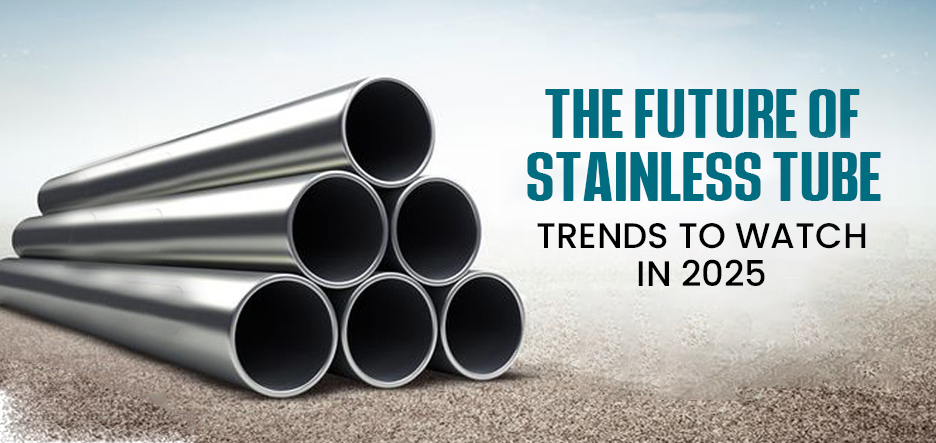How to Choose the Right Stainless Steel Tube for Your Project

How to Choose the Right Stainless Steel Tube for Your Project
Selecting the right stainless steel tube is crucial for ensuring the efficiency and longevity of your project. With various grades, finishes, and dimensions available, understanding the factors that influence your choice can help you make an informed decision. Here are key aspects to consider when selecting stainless steel tubes for your specific needs.
1. Determine the Application Requirements
The first step in choosing a stainless steel tube is understanding its intended use. Different applications require specific tube properties, such as corrosion resistance, strength, and thermal stability. For example, food processing industries require hygienic, non-reactive stainless steel, while construction may demand high-strength variants.
2. Select the Right Stainless Steel Grade
Stainless steel tubes come in various grades, each with unique properties:
- 304 Stainless Steel: Excellent corrosion resistance, commonly used in food and beverage industries.
- 316 Stainless Steel: Enhanced corrosion resistance due to added molybdenum, ideal for marine and chemical applications.
- 409 and 430 Stainless Steel: Lower-cost options suitable for automotive and industrial use.
Choosing the right grade ensures optimal performance and durability for your project.
3. Consider Tube Size and Wall Thickness
Stainless steel tubes are available in different diameters and wall thicknesses. Factors such as fluid pressure, mechanical load, and environmental conditions determine the appropriate size. Heavy-duty applications require thicker walls for added strength and longevity.
4. Understand Surface Finish and Coatings
Surface finishes impact both aesthetics and functionality. Common finishes include:
- Polished Finish: Enhances corrosion resistance and improves appearance.
- Brushed Finish: Reduces glare and provides a sleek industrial look.
- Pickled and Passivated: Improves resistance to chemical exposure.
Selecting the right finish ensures the tube meets both performance and visual expectations.
5. Evaluate Corrosion Resistance Needs
For environments exposed to moisture, chemicals, or extreme temperatures, selecting corrosion-resistant stainless steel tubes is essential. Marine applications, for example, require 316 stainless steel, while indoor applications may suffice with 304 stainless steel.
6. Verify Compliance with Industry Standards**
Ensure that your chosen stainless steel tube meets industry regulations and quality standards, such as ASTM, ISO, and ANSI. Compliance guarantees safety, reliability, and durability for your project.
7. Assess Budget and Long-Term Costs
While higher-quality stainless steel tubes may have a higher initial cost, they offer long-term benefits, including reduced maintenance and increased lifespan. Weighing cost versus durability ensures you make a cost-effective investment.
Conclusion
Choosing the right stainless steel tube involves assessing application requirements, material grade, size, finish, corrosion resistance, and budget. By considering these factors, you can ensure optimal performance, longevity, and efficiency for your project.
If you’re looking for high-quality stainless steel tubes tailored to your needs, VS Stainless Tube Pvt Ltd offers a wide range of solutions designed for durability and excellence.
 VS Stainless Tube PVT. LTD.
VS Stainless Tube PVT. LTD.
0 Comments